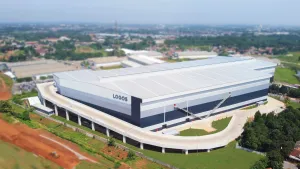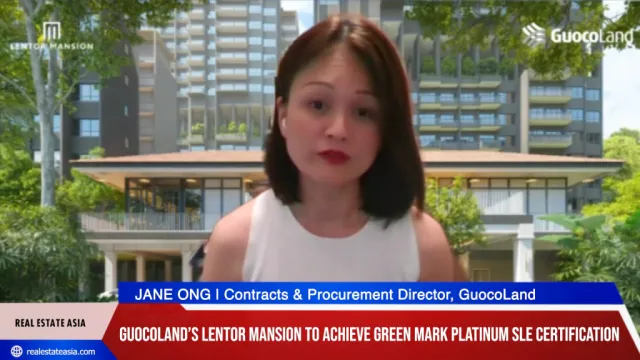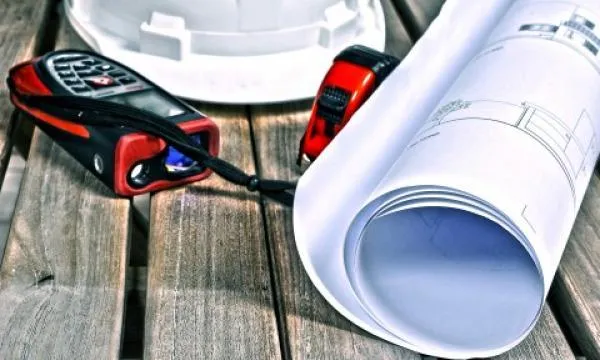
Limited land supply stymies cold chain development in APAC
Landlords and tenants are retrofitting existing warehouses to meet cold chain demand.
Cold chain warehouses are used to store, pack, and distribute temperature-sensitive and perishable products in a controlled environment.
According to Colliers, APAC’s large population is a key demand driver in this sector. Forecasts from Oxford Economics suggest that domestic consumption expenditure will grow by 6.2% annually between 2021 and 2025, with China and India leading the trend with forecast annual growth rates of 8.7% and 8.2%, respectively.
Here’s more from Colliers:
Government support also plays a role. For example, the Indian government offers 100% tax deduction on profits earned in cold chain for the first five years, followed by a 25%-30% deduction for the next five. In addition, 100% FDI is allowed within the sector. Finally, the government grants financial assistance of 35%-50% of the admissible cost of cold chain projects. With the current emphasis on vaccine distribution, we expect to see more government initiatives in the sector.
What are the cold chain challenges?
Transaction volumes of cold chain assets have been growing across APAC, reflecting rising demand and the rental premium (up to 100% or even higher) that dedicated cold chain assets command over dry warehouses. However, some of the development challenges in this sector include:
Limited land supply
Securing a suitable site for new cold storage warehouses is a major challenge – perhaps the biggest overall for both developers and occupiers. In China, landlords and tenants are retrofitting existing warehouses to meet cold chain demand.
High investment needs
Design complexity and the use of high-quality materials such as insulation mean construction costs are up to three times higher than traditional warehouses. Construction duration is also appreciably longer.
High operating costs
Specialised cooling and air conditioning systems require higher power and greater maintenance than traditional warehouses. High technical design standards and specifications are key to reducing costs.
Value-add opportunities
As cold chain facilities have higher profit margins, conversions are popular in China. Typically, operators obtain long leases in Grade A dry warehouses at market rates. The facility is then retrofitted for cold storage and sublet to end-users at a 50-100% rent premium.
Traditionally, developers have acquired land to build dry warehouses, but they can now partner with specialist restructurers to refit the assets for cold chain. We believe property investors and private equity firms will consider investment in cold chain operating companies.
Despite high investment needs and machinery maintenance costs, this strategy should prove attractive to cold chain operators and investors alike. Investors should note, however, that the rental premium is likely to narrow over time as more cold chain facilities are constructed.
Opportunities for owners
While cold chain is seeing surging growth, owners face various challenges in this segment, in particular limited land supply. The reward for investment in cold chain facilities is a 50-100% rental premium, although this is likely to narrow over time.
Renovating and retrofitting standard dry warehouses for cold storage is a short-term option for owners. In China, this may most easily be done in partnership with a specialist cold chain restructurer or operating company.
In the long term, investors should look for viable locations to develop dedicated cold chain warehouses in the peripheries of urban areas.



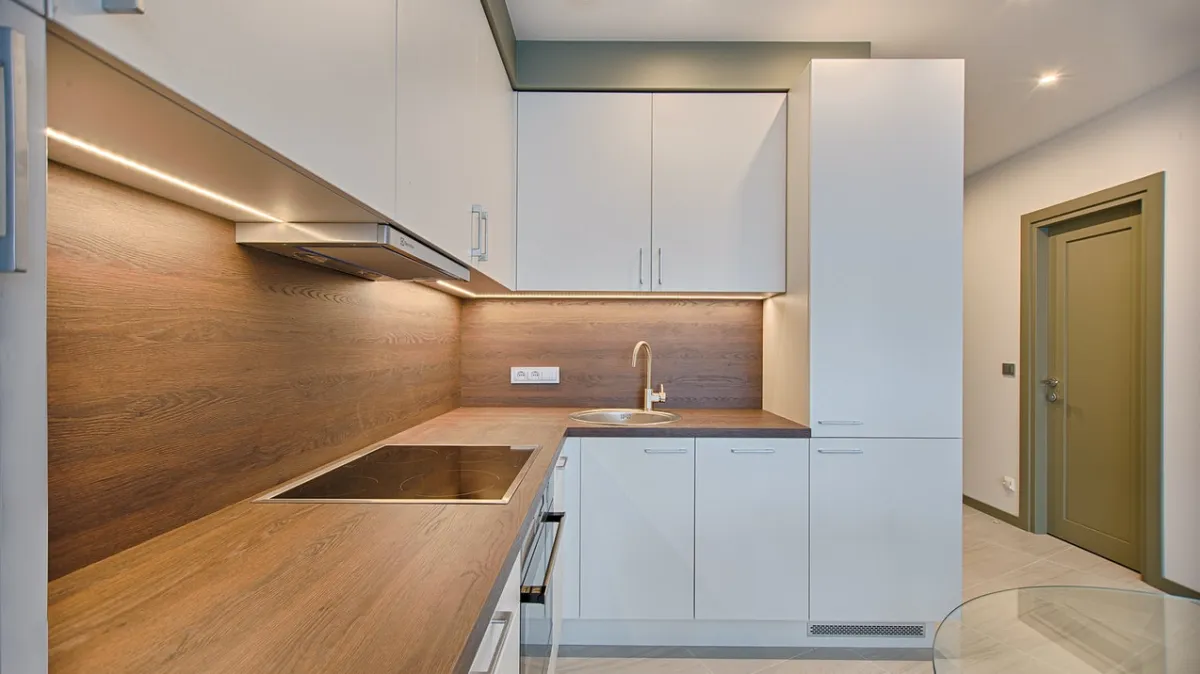

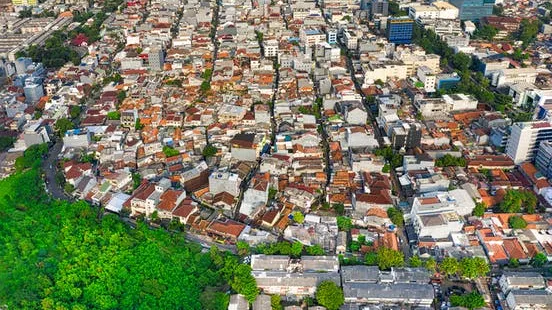
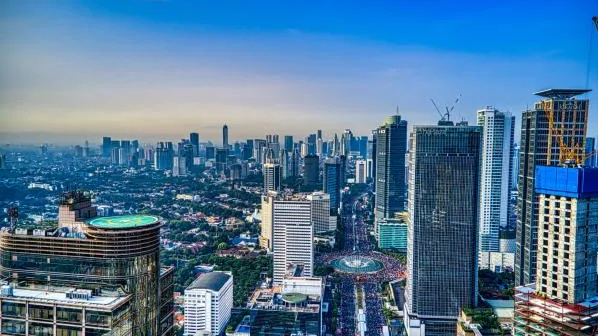
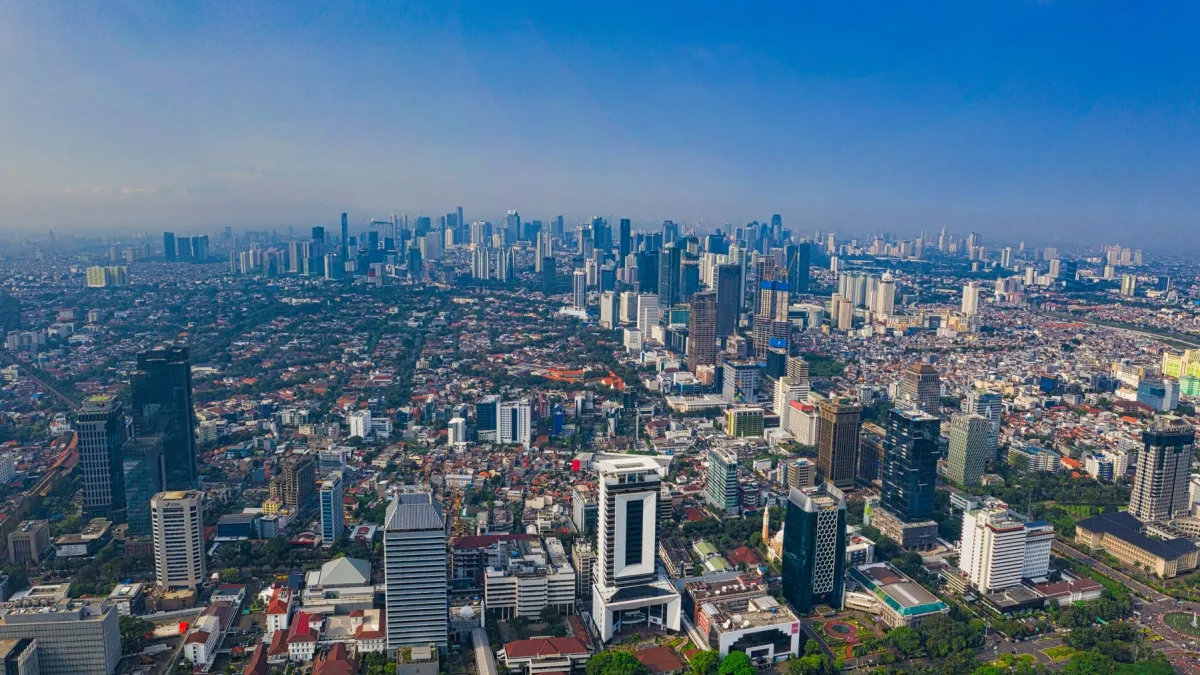
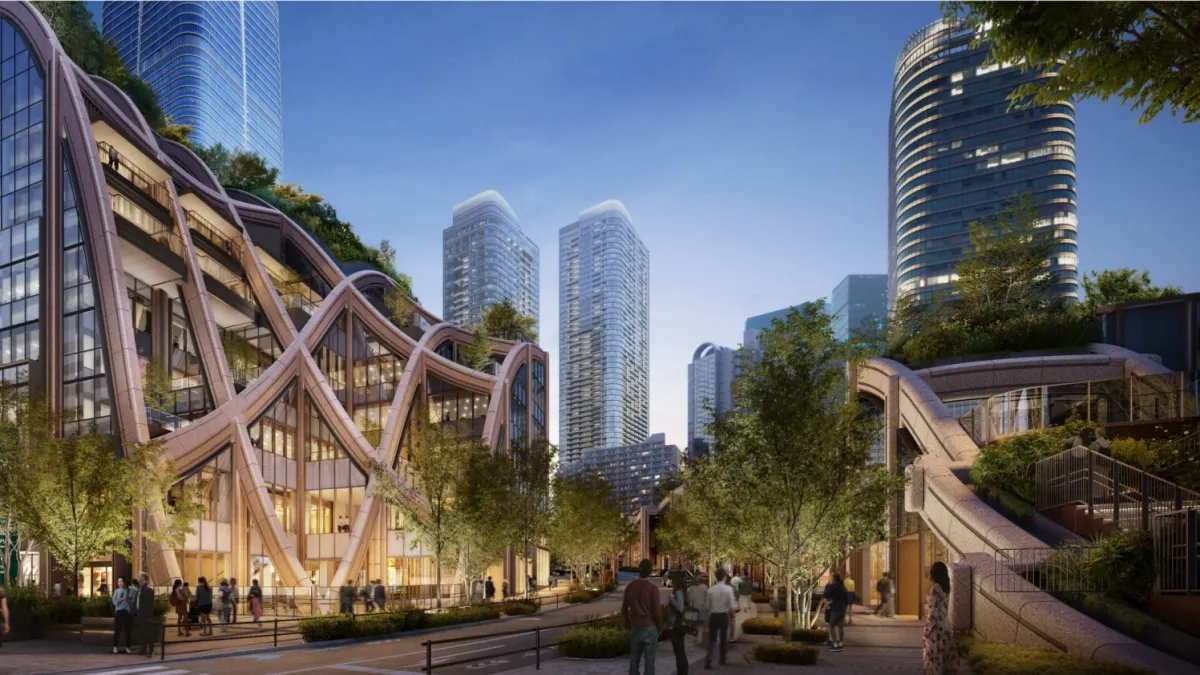
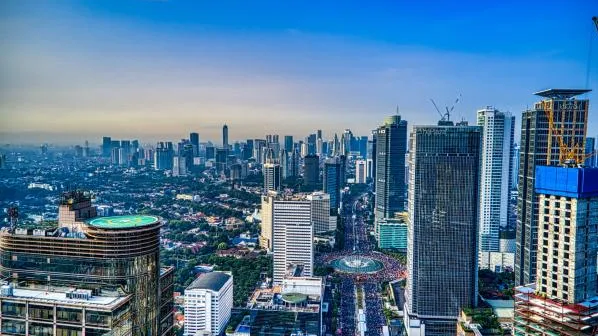
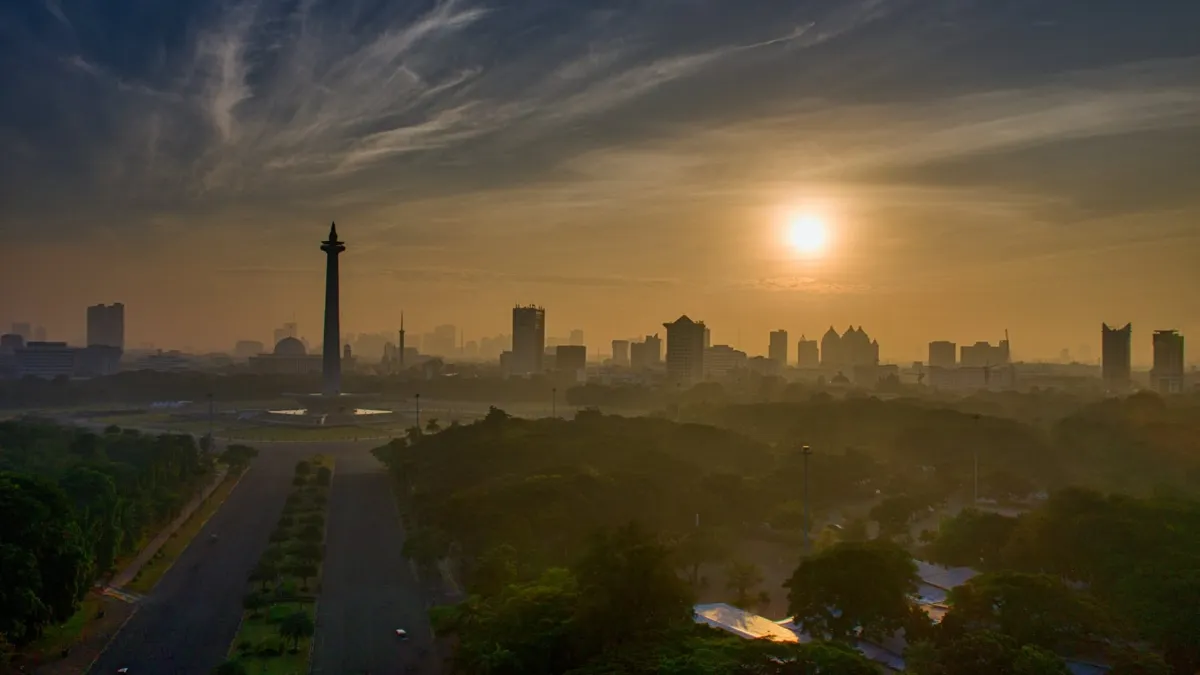

 Advertise
Advertise

